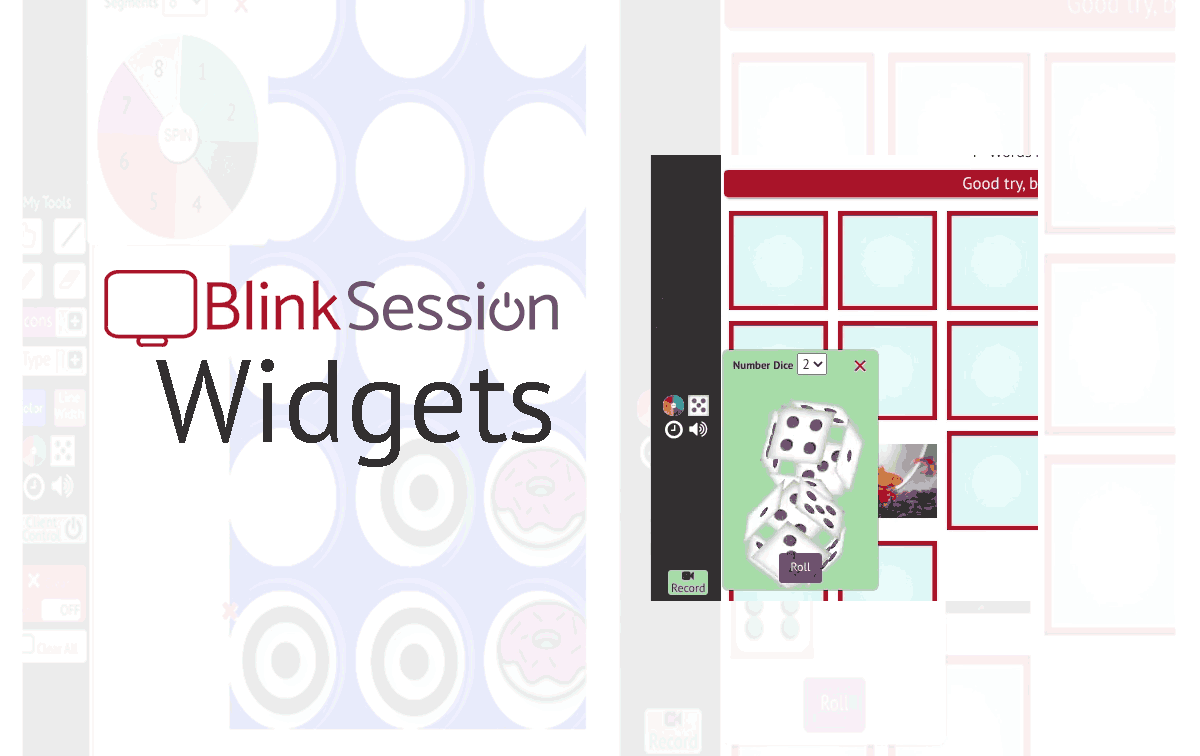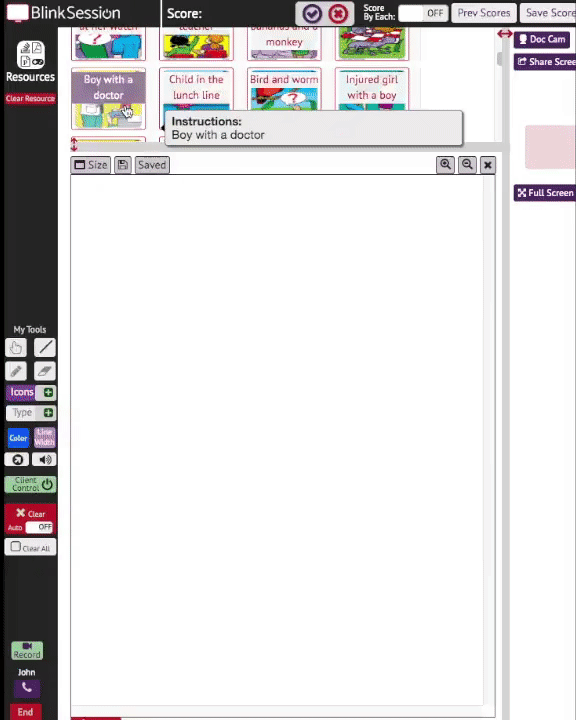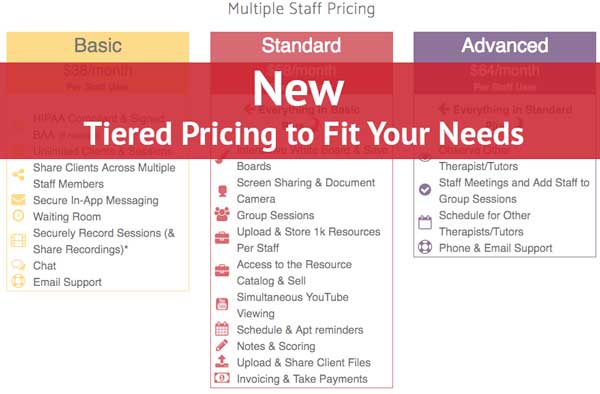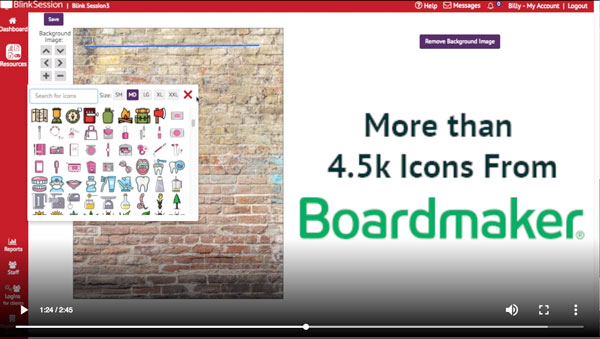Where's That Mouse |

White-labeled products are everywhere these days, though they aren't always that easy to spot. Grocery stores are filled with comparable store-brand options for almost every name brand product. At Kroger Stores many products carry the "Kroger" brand, but most people would be surprised to find out how few of those items the store actually makes.
Stores can easily attract shoppers to buy their brand of bread, but it would be cost-prohibitive to build and operate commercial bakeries close enough to their stores. Thus, bread production is often outsourced to local commercial bakeries who use Kroger packaging.
Outsourcing bread production gives the store a product it can sell under its brand, but the real savings comes when stores have bakeries put bread they already produce into the store's packaging. The same bread is sold under a variety of brands, even at the same store!
White-labeling is not about tricking customers. In fact, stores often want customers to know who produces their branded products. The goal is to have their brand front and center.
Website Vs Web Application
Often, it is assumed that the process of white-labeling software, like Blink Session, is akin to designing a website. It is logical the think, "If I can have my website look and function any way I want, why not this web application?" Though your public website and web application are accessed through a web browser, behind the sense, they are extremely different.
The cost to build and maintain a web application is 200-500 times greater than a typical website. This is the main reason for white-labeling. But, the drastic cost savings means you are buying pre-made software with your branding. If you had the freedom to change anything, as with your website, it would not be white-labeling. It would be custom software development.
White-labeling a web application is like buying a copy of Microsoft Word but with your branding instead of Microsoft's. You are paying to have your logo, colors, and name on the product. You are not paying to have the software re-engineered or re-designed to your liking. This is important to understand.
White-Labeling is The Way to Go
White-labeling enables a company to have existing battle-tested software branded to their company. The software's colors, logo, domain name, emails, and other features all appear with your company branding. As with store-brand bread, white-labeling enables companies to provide a brand-seamless experience to their customers at a fraction of the cost of custom software.
Besides huge cost savings over custom development, white-labeling enables your company to promote it's brand on software that just works. White-labeled web applications are always more reliable than having an entire custom platform built in-house. Features have been tested by other users outside your organization who are providing feedback, finding bugs, and suppling funds to keep it going.
























